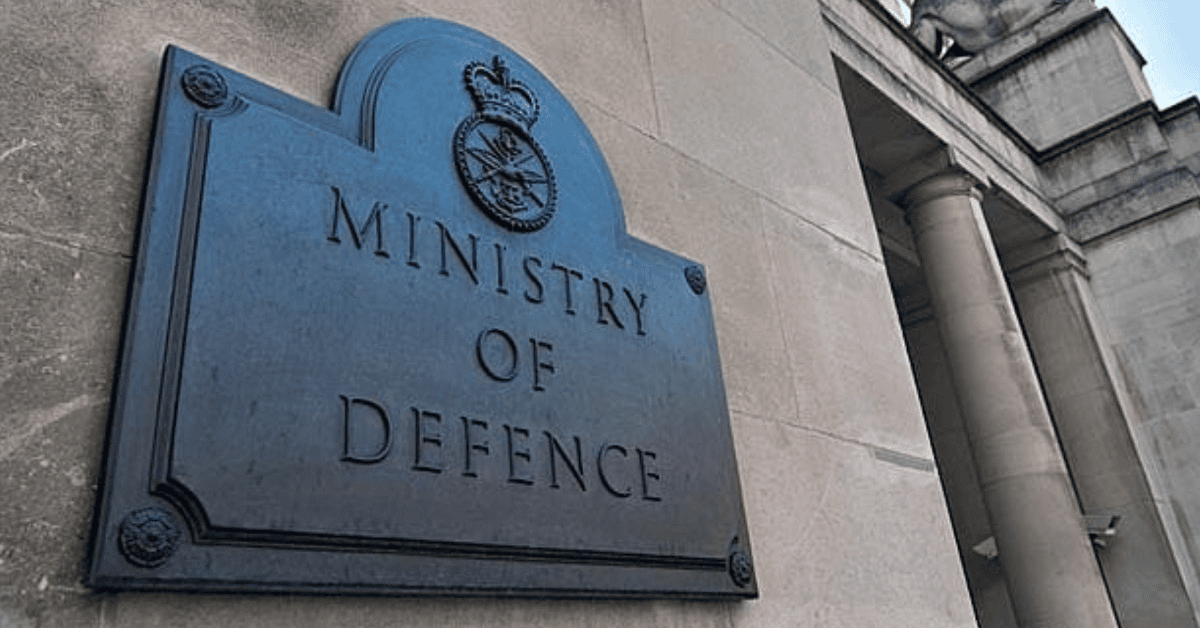
The Government has today (05/10/2021) announced that it has reviewed the 61 responses to its consultation paper on the cost control mechanism and it has issued its conclusion.
CCM_RESPONSE.pdf (publishing.service.gov.uk)
Perhaps not surprisingly the Government has decided to implement all three of its main proposals.
- Moving to a reformed scheme only design
- Widening the corridor from 2% to 3%
- Introducing an Economic check.
In its response FPS agreed with the first two changes above but we disagreed with the proposal to introduce the Economic check. These changes will be applied across all Public Sector Pension Schemes and not just the Armed Forces Pension Scheme (AFPS).
Moving to a reformed only scheme design
The cost control mechanism (CCM) was designed to ensure a fair balance of risk between members of public service Defined Benefit (DB) pension schemes and the Exchequer (and by extension taxpayers).
The move to “reformed scheme only” design ensures that in future, CCM only measures members experience in the reformed scheme (AFPS15) and costs arising from legacy schemes (AFPS75 and AFPS05) are ignored.
Most respondents, including FPS, supported this change.
Widening the corridor from 2% to 3%
The “corridor” acts as a buffer zone so that minimal changes in “member costs” do not automatically lead to a change in either member contribution rate or, in the case of the non-contributory AFPS, a change in accrual rate.
By moving the permitted margin from 2% to 3% we anticipate that accrual rate stability will be improved. This in turn allows for greater certainty when forecasting benefits.
As the AFPS has the most expensive member benefits keeping the margin at 2% was always likely to mean that our scheme would see the greatest volatility in CCM assessments.
Most respondents, including FPS, supported this change.
Introducing an Economic check.
In his preparatory review of the CCM following the analysis of the 2016 valuations, the Government Actuary (GA) indicated that “It does not seem possible for the mechanism to be able to protect taxpayers unless it considers more of the factors affecting the actual cost of providing a pension.”
Indeed the 2016 valuations showed most schemes, including AFPS, falling below the CCM floor which would ordinarily mean that benefits would need to be improved at the same time that employer costs (hence tax payer costs) have risen.
To avoid this type of anomaly the Government has proposed an additional economic check whereby the results of the normal CCM test are then evaluated against long term economic outlook assumptions, and benefits will only be changed if the CCM corridor breach still occurs after the inclusion of the additional validation.
FPS did not agree with the introduction of the economic check as it was specifically considered and excluded when the CCM was created. The economic check is determined by Government and extends the CCM beyond its original remit of simply measuring “membership costs”.
It seems most respondents to the consultation disagreed with this change as the Government merely notes “in response to question 4, similar numbers of respondents agreed with the proposal to introduce an economic check as disagreed with the proposal”.
We will keep a watching brief on developments and provide updates as they become available.
You can read our follow-up post on this here
If you are a Member of the Society and have questions about this topic please contact us via pensionenquiries@forpen.co.uk.
If you’re not a Member you can join us here
Image: Shutterstock




